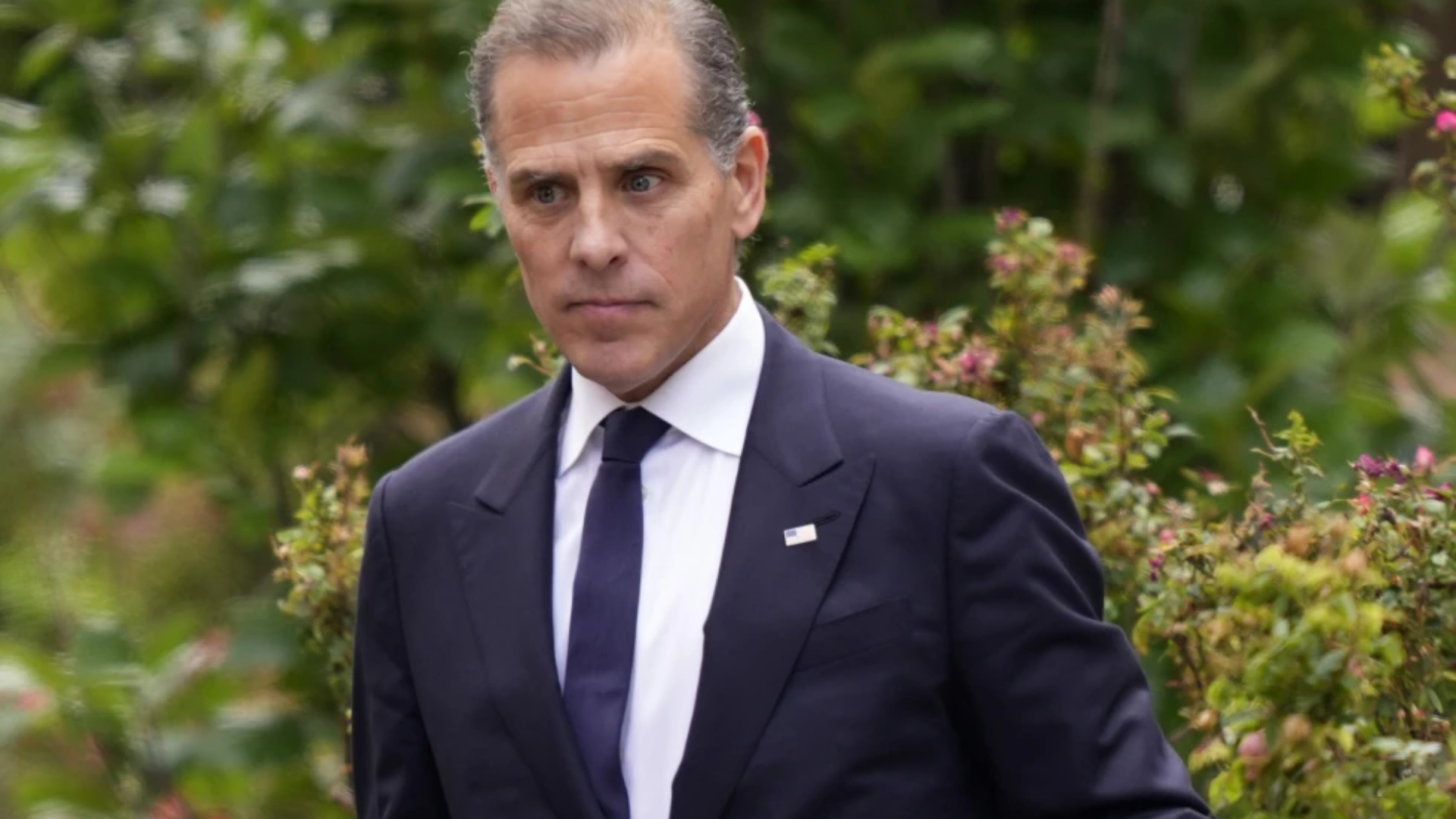SAN FRANCISCO — Pacific Gas & Electric Corp., the nation’s biggest utility, filed for bankruptcy reorganization Tuesday in a bid to relieve itself of some of the billions of dollars in damages it could face as a result of California’s devastating wildfires.
The Chapter 11 filing allows PG&E to continue operating while it puts its finances in order. But the move could ultimately drive up electricity rates for customers, jeopardize California’s ambitious transition toward renewable energy and lead to smaller payouts for fire victims.
It was also seen as a possible glimpse of the financial toll that could lie ahead as climate change takes hold. Scientists say global warming is leading to fiercer, more destructive wildfires and longer fire seasons.
PG&E cited hundreds of lawsuits from victims of fires in 2017 and 2018 when it announced this month that it planned to file for bankruptcy.
The blazes include the nation’s deadliest wildfire in a century — the one in November that killed at least 86 people and destroyed 15,000 homes in Paradise and surrounding communities. The cause is under investigation, but suspicion fell on PG&E after it reported power line problems nearby around the time the fire broke out.
Last week, however, state investigators determined that the company’s equipment was not to blame for a 2017 fire that killed 22 people in Northern California wine country.
The bankruptcy filing immediately puts a halt to the wildfire lawsuits and consolidates them in bankruptcy court, where legal experts say victims will probably receive less money.
The victims have little chance of getting punitive damages or taking their claims to a jury in a bankruptcy proceeding. Instead, they will have to compete with PG&E’s creditors, including bondholders, for a payout from the company.
Consumer activist Erin Brockovich, who took on PG&E in the 1990s, had urged California lawmakers not to let the utility go into bankruptcy because it could mean less money for wildfire victims.
PG&E faced additional pressure not to move forward with the bankruptcy after investigators said a private electrical system, not utility equipment, caused the 2017 wine country blaze that destroyed more than 5,600 buildings in Sonoma and Napa counties. Gov. Gavin Newsom’s office estimated that more than half of the roughly $30 billion in potential damages that PG&E said it was facing was from that fire.
Legal experts say the bankruptcy will probably take years to resolve and result in higher rates for PG&E customers. The company provides natural gas and electricity to 16 million people in Northern and central California.
Homes leveled by the Camp wildfire in Paradise, California, on Nov. 15, 2018. (AP Photo/Noah Berger, File)
A bankruptcy filing would not affect electricity or natural gas service but allow for an “orderly, fair and expeditious resolution” of potential liabilities from the wildfires, the company has said on its website.
PG&E would not speculate on any changes to customers’ bills, noting that the California Public Utilities Commission sets electric and gas rates.
PG&E also filed for bankruptcy in 2001 during an electricity crisis marked by rolling blackouts and the manipulation of the energy market. It emerged from bankruptcy three years later but obtained billions in higher payments from ratepayers.
Copyright 2019 The Associated Press. All Rights Reserved. This material may not be published, broadcast, rewritten, or redistributed. (Photo: AP)






















